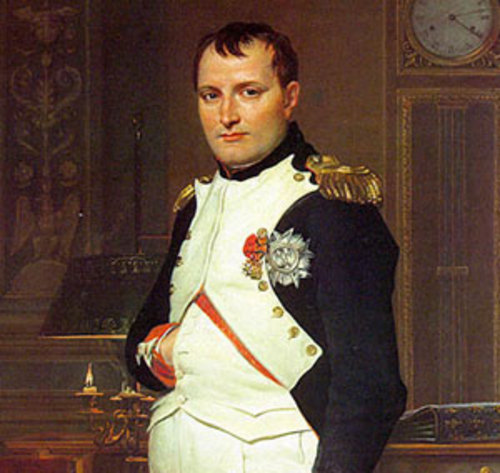It looks like you're using an Ad Blocker.
Please white-list or disable AboveTopSecret.com in your ad-blocking tool.
Thank you.
Some features of ATS will be disabled while you continue to use an ad-blocker.
6
share:
Heres a lovely picture showing the Founding Father of America, GEORGE WASHINGTON, the Founding father of Communism, KARL MARX, and the Founding Father
of putting communism into action in Russia, JOSEPH STALIN (use the scroll button at the bottom of the picture to see Stalin).
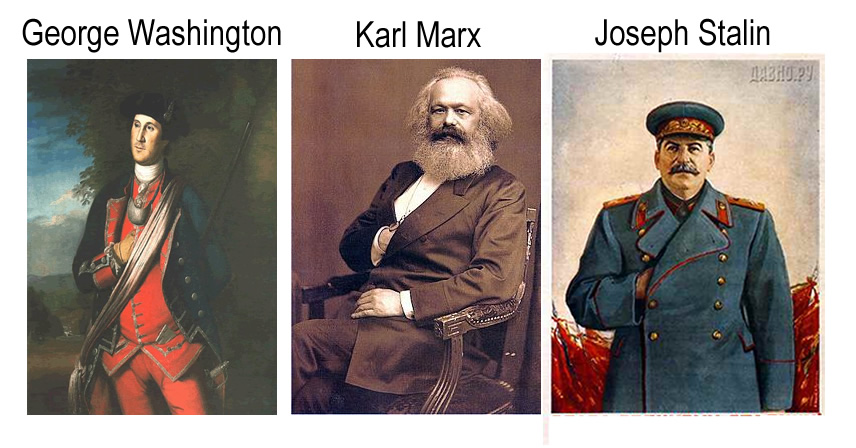
You might wondering, why are they all depicted with having their right hand inside their jacket?
To answer that, the answer lies in Freemasonry:
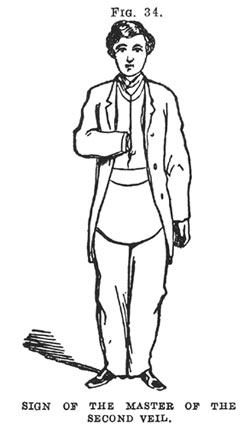
The Royal Arch Degree (the 13th degree of the Scottish Rite or the 7th degree of the York Rite) is also known as the Mason of the Secret. During this Degree, initiates are said to receive great Masonic truths.
Funny how Stalin, Karl Marx and George Washington were part of the same secret society, don't you think?
Also to note, heres a picture of the American Congress. Pay particular attention to the two designs to the left and right of the American Flag.
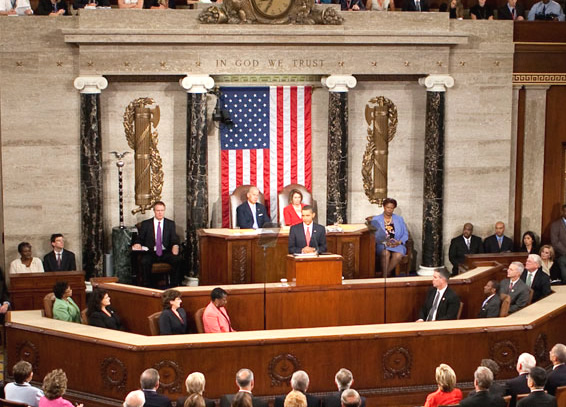
Heres a close up of the symbol at the American Congress.
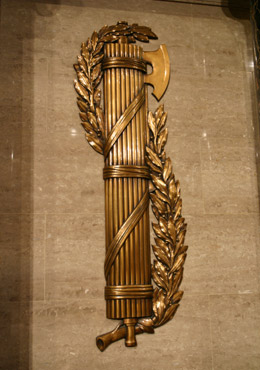
It is the design of the "Fasces" symbol, and heres what Wikipedia says about it:
So to sum up, what does Communism, Fascism and the United States of America have in common?
I think you already know the answer to that!

You might wondering, why are they all depicted with having their right hand inside their jacket?
To answer that, the answer lies in Freemasonry:

The Royal Arch Degree (the 13th degree of the Scottish Rite or the 7th degree of the York Rite) is also known as the Mason of the Secret. During this Degree, initiates are said to receive great Masonic truths.
“If we pass on to the Royal Arch, we receive a wonderful accession of knowledge, and find every thing made perfect; for this is the nec plus ultra of Masonry, and can never be exceeded by any human institution.”
-George Oliver, Lectures on Freemasonry
“Master of Second Veil: “Three Most Excellent Masters you must have been, or thus far you could not have come; but farther you cannot go without my words, sign, and word of exhortation. My words are Shem, Japhet, and Adoniram; my sign is this: (thrusting his hand in his bosom); it is in imitation of one given by God to Moses, when He commanded him to thrust his hand into his bosom, and, taking it out, it became as leprous as snow. My word of exhortation is explanatory of this sign, and is found in the writings of Moses, viz., fourth chapter of Exodus”:
“And the Lord said unto Moses, Put now thine hand into thy bosom. And he put his hand into his bosom; and when he took it out, behold, his hand was leprous as snow”
-Malcolm C. Duncan, Duncan’s Masonic Ritual and Monitor
As stated above, this hand gesture is said to be inspired by Exodus 4:6. In this biblical verse, the heart (“bosom”) stands for what we are, the hand for what we do. It can thus be interpreted as : What we are is what we ultimately do. The symbolic significance of this gesture might explain the reason why it is so widely used by famous Masons. The hidden hand lets the other initiates know that the individual depicted is part of this secret Brotherhood and that his actions were inspired by the Masonic philosophy and beliefs. Furthermore, the hand that executes the actions is hidden behind cloth, which can symbolically refer to covert nature of the Mason’s actions.
QUOTED FROM: The Hidden Hand that shaped history
Funny how Stalin, Karl Marx and George Washington were part of the same secret society, don't you think?
Also to note, heres a picture of the American Congress. Pay particular attention to the two designs to the left and right of the American Flag.

Heres a close up of the symbol at the American Congress.

It is the design of the "Fasces" symbol, and heres what Wikipedia says about it:
Numerous governments and other authorities have used the image of the fasces for a symbol of power since the end of the Roman Empire. It has also been used to hearken back to the Roman republic, particularly by those who see themselves as modern-day successors to the old republic and/or its ideals. Italian Fascism, which derives its name from the fasces, arguably used this symbolism the most in the 20th century. The British Union of Fascists also used it in the 1930s.
QUOTED FROM: en.wikipedia.org...
So to sum up, what does Communism, Fascism and the United States of America have in common?
I think you already know the answer to that!
edit on 12-12-2011 by CasiusIgnoranze because: .
And I thought you were going to say they all have a strong leftist, authoritarian bent.
new topics
-
How To Spot Fake U.F.O. Photos
Aliens and UFOs: 10 hours ago
6

